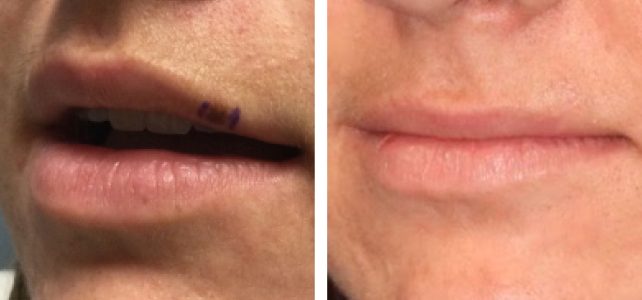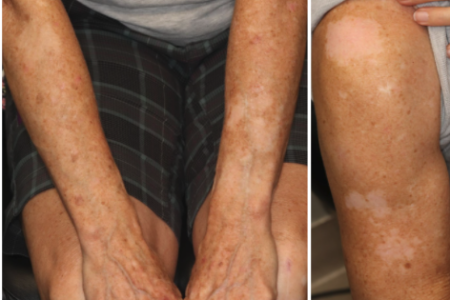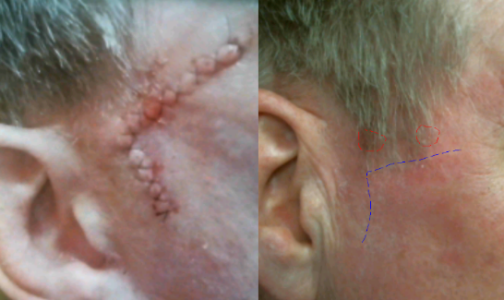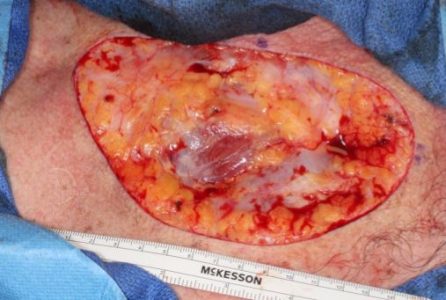
Oral Therapy FOR BASAL CELL CARCINOMA
Vismodegib (Erivedge)
Sonidegib (Odomzo)
Sonidegib is also known by its chemical name erismodegib. It is also used for locally advanced basal cell carcinomas or metastatic basal cell carcinomas not amenable to surgery or radiation therapy. The mechanism of action is inhibition of smoothened protein. Its side effect profiles are similar to Vismodegib. It also suffers from development of resistances of the carcinomas. This drug is priced similarly to Vismodegib at approximately $10,000 per month.
Itraconazole (Sporanox)
Itraconazole is known as an antifungal drug. Due to its ability to inhibit Hedgehog pathway activity, it inhibits basal cell carcinoma growth. It has not been as widely evaluated for treatment of basal cell carcinoma as other Hedgehog inhibitors, although it is an older drug. Its feasibility in treating basal cell carcinomas and its dosing regimen are still being evaluated. It acts on SMO protein. It has also been called a Cilial translocation inhibitor. It is a powerful Hedgehog pathway inhibitor. It has similar side effect profile to the other Hedgehog inhibitors. This drug is also associated with resistance development by cancers.
ORAL THERAPY FOR SQUAMOUS CELL CARCINOMA
Capecitabine (Xeloda)
Acitretin (Soriatane)
Related Articles
Treatment Considerations for Melanoma In-Situ
A Simple Cream for Cancer with Not Always Simple Consequences
Trichoepithelioma
Recurrent Bowen’s Disease of Temple
Upper Chest BCC PNI
Multiple Nasal Basal Cell Carcinomas
STAY UP TO DATE
Receive research updates, inspiring stories, healthy living tips and more.
CME ACCREDITED SKIN CANCER CONFERENCE
Earn your CME credits at the SCARS Foundation Monthly Skin Cancer Conference
FOLLOW US
ELEVATING THE STANDARDS OF SKIN CANCER MANAGEMENT.






